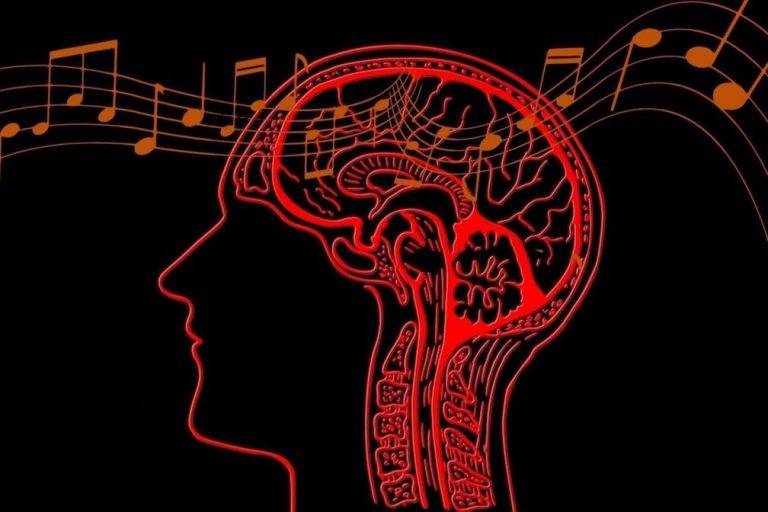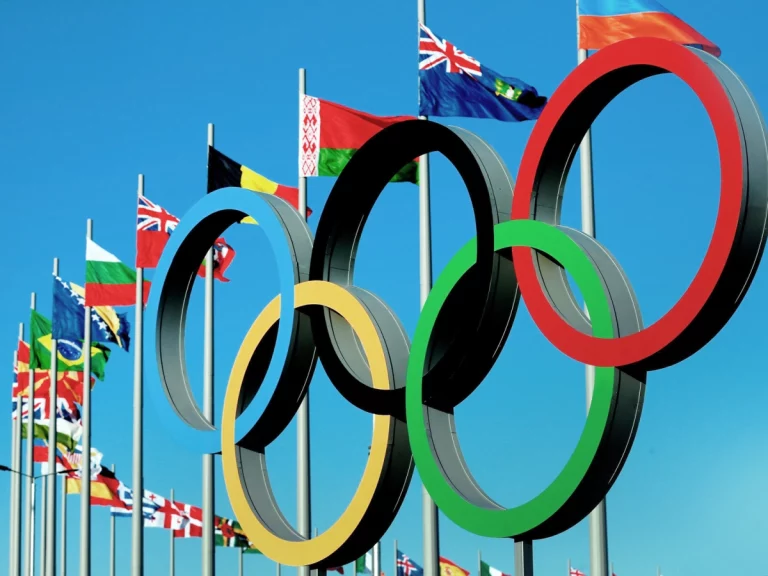
The entertainment industry has always been at the forefront of innovation, driving creativity and delivering memorable experiences to audiences around the world. However, as technology advances and audience preferences evolve, it is crucial for the industry to stay relevant and stay ahead of future trends. In this article, we'll explore some of the most exciting trends that are shaping the future of the entertainment industry.
1. Virtual Reality and Augmented Reality
Virtual reality (VR) and augmented reality (AR) are revolutionizing the way we consume entertainment. VR offers the opportunity to immerse yourself in immersive virtual worlds, while AR merges virtual elements with the real world. Both technologies have incredible applications in entertainment, from gaming to cinema experiences.
Companies like Oculus and Sony are leading the way with their next-generation VR headsets, delivering gaming experiences that were previously unimaginable. Additionally, AR apps like Pokémon GO have already proven the technology's potential to engage audiences in unique ways.
2. Artificial Intelligence (AI) and Personalization
AI is playing an increasing role in the entertainment industry, helping to create personalized content for consumers. Recommendation algorithms, like those used by Netflix and Spotify, analyze user behavior to suggest films, music and series that suit individual tastes. This creates more relevant and engaging entertainment experiences.
Additionally, AI is also being used in content creation. AI-generated music, AI-assisted movie scripts, and even virtual actors are starting to become a reality. This can democratize entertainment production, allowing independent artists and creators to experiment with fewer resources.
3. Streaming and On-Demand Content
Video and audio streaming has become the norm in recent years, and this trend is only going to grow. With entertainment giants like Disney, Amazon and Apple entering the streaming market, competition is becoming fierce. This leads to more choices and quality content for consumers.
Additionally, the idea of “on-demand content” is expanding. Viewers can now watch entire series in one day if they wish, and many services are releasing exclusive content to attract subscribers. The convenience of streaming will continue to shape the way we consume entertainment.
4. E-Sports and Interactive Entertainment
Electronic sports, or e-sports, are becoming a dominant force in the entertainment industry. Additionally, online gaming competitions attract huge crowds and offer significant cash prizes. Additionally, big brands and broadcasters are investing heavily in esports, making them more accessible to the general public.
In addition to e-sports, interactive entertainment is gaining prominence. Additionally, viewers now have the ability to influence the plot of television programs. In addition, they can choose the fate of characters in interactive video games and even actively participate in live broadcasts. This evolution creates a level of involvement and participation that was previously unthinkable.
5. Live Experiences and Immersive Reality
Despite the rise of digital technology, live experiences still have significant appeal. However, these experiences are becoming increasingly immersive and interactive. Live music shows now feature stage mapping technology, virtual reality and augmented reality experiences to create unforgettable moments for audiences.
Furthermore, immersive reality is extending to other sectors, such as theater and theme parks. Combining real-world elements with advanced technology, these experiences offer a unique sense of escapism.
6. Sustainability and Social Responsibility
As environmental awareness increases, the entertainment industry is becoming more responsible towards sustainability. Film and TV production is striving to reduce its carbon footprint, while celebrities and brands use their influence to promote social causes.
The stories and characters are also evolving to reflect a diverse and inclusive society. This is evident in the growing representation of LGBTQ+ characters, people of different ethnic backgrounds and people with physical disabilities. Inclusion has become an important part of entertainment storytelling.
The entertainment industry is constantly evolving, and future trends promise to further transform the way we have fun. Virtual reality, artificial intelligence, streaming, esports, live experiences and social responsibility are just some of the areas that will shape the future of entertainment.
As these trends develop, consumers can expect a more personalized, immersive and socially conscious entertainment experience. The entertainment industry will continue to push the limits of creativity and technology, offering increasingly exciting and memorable experiences for us all. So let us be prepared for a future of entertainment that transcends our current expectations and takes us to new frontiers of fun and entertainment.


















